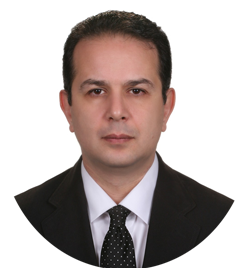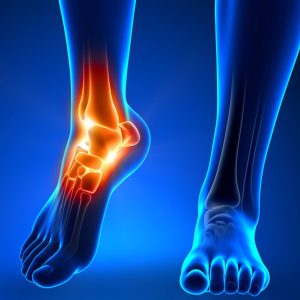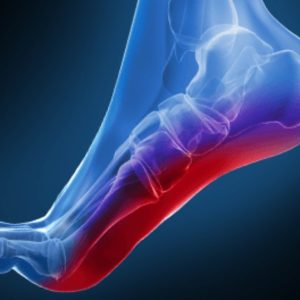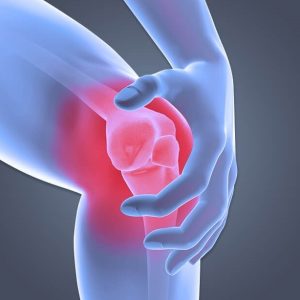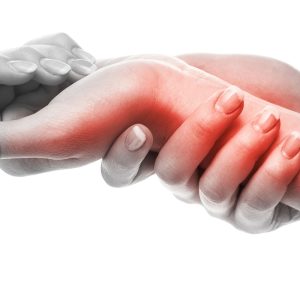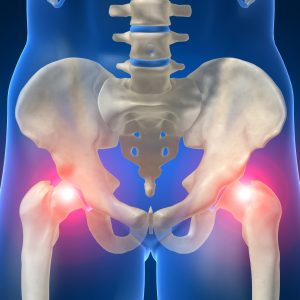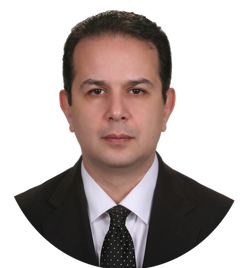The extent of shoulder pain can start from the neck (and sometimes the scapula) and continue to the top of the arms.
تیترهای مهم این مقاله
Causes of shoulder joint pain
Shoulder joint instability and dislocation :
When the muscles and ligaments of the shoulder are overburdened or torn as a result of activity or falls on the open hand or severe torsion.
Torsion or shoulder joint dislocation
Common causes of this complication include falling and a direct blow to the front or upper part of the shoulder. It means inflammation of the tendon of the girdle (rotator cuff) and may be caused by repetitive activities performed over the head (such as throwing a ball). The inflamed tendons may be trapped between the scapular bones and cause muscle tear.
Inflammation of the shoulder joint capsule
Inflammation in the shoulder joint capsule is caused by inflammation of the tendon.
Rotator Cuff Tearing
Shoulder tendon tearing are said to be the most common in middle age. Symptoms include pain, difficulty raising hands, and discomfort while sleeping on the injured shoulder.
Frozen shoulder
It is a complication during which the shoulder cannot be moved. During this complication, the shoulder capsule becomes thickened and tight and there may also be less synovial fluid within the joint than normal.
Osteoarthritis
It is a chronic degenerative disease in which the cartilages are damaged and cause pain and spasm as the bones move over each other. People with occupations with high trauma (such as drivers) and with a family history of osteoarthritis are more likely to have this problem.
Patterns of pain
Burning Pain / Vague Pain (Bone or Joint) / Pain after Exercise (Muscle) / lancinating pain (such as shoulder strain or labrum rupture)
Acromioclavicular joint Injury
Severe pain in the front and back of the shoulder, without spreading to the hand
Diagnosis
Physical examinations, muscle examinations, and joint movements are important.
Imaging : Imaging tests provide the physician with complete information about the problems of shoulder and joint anatomy
Shoulder X-ray : This is for examining the bone problem in the shoulder.
Computed tomography: CT scans can be used for mora anatomical information.
Ultrasound and MRI : Used to examine soft tissues including the joints, ligaments, spinal cord and nerves.
Nerve and Muscle Function Test : It is used to determine the proper way of transmitting nerve messages and the physiological function of nerves and muscles.
Treatment :
In non-invasive teatment, the most important principle of treatment is soft tissue strengthening around the joints :
Rest : Rest should only be relative and not to include heavy movements and pressures on the shoulder and no more.
Shoulder splint : Temporary splint closure is recommended only in special cases, and long-term use may weaken the muscles, leading to greater transfer of trauma and more progression of osteoarthritis.
Medications : Medications are used to relieve symptoms in the acute phase as well as to restore muscle strength and relaxation, including muscle relaxants (peripheral and central), anti-inflammatory analgesics, and in severe cases can be used in a limited form of narcotic drugs. In the abnormal phase, combination soy and avocado medications can also be used to prevent the progression and recovery of muscle and arthritis.
Non-invasive treatments for shoulder pain
Physiotherapy: In physiotherapy a combination of passive methods and exercises is used to strengthen muscle structure and corrective movements. Passive therapeutic modalities such as ice / heat, ultrasound and electrical stimulation reduce the pain and problems of muscle spasms in patients. The patient with the help of specific exercises incorporates increased flexibility and range of motion and increases his or her muscle strength. Patients should not worry about switching to this treatment, even patients with pain and movement problems benefit from doing isometric exercises.
Manual massage and manipulation: The basis of these techniques performed by hand is also to strengthen the muscular structure of the tissues around the shoulder.
High Power Laser: High power pulse laser can increase cellular energy and repair damaged tissues and prevent the development of soft tissue problems and osteoarthritis.
Interventional treatments:
Interventional procedures are performed by a pain specialist under the guidance of X-ray (fluoroscopy) or ultrasound in the operating room.
Therapeutic injections :
Injections into the shoulder joints with pro-inflammatory factors (such as ozone, platelets, orthokine injection…) with radiologic guidance as well as soft tissue repair through prolotherapy as well as radiofrequency of the suprascapular nerve, which is very effective in preventing lesions and repairing lesions.



